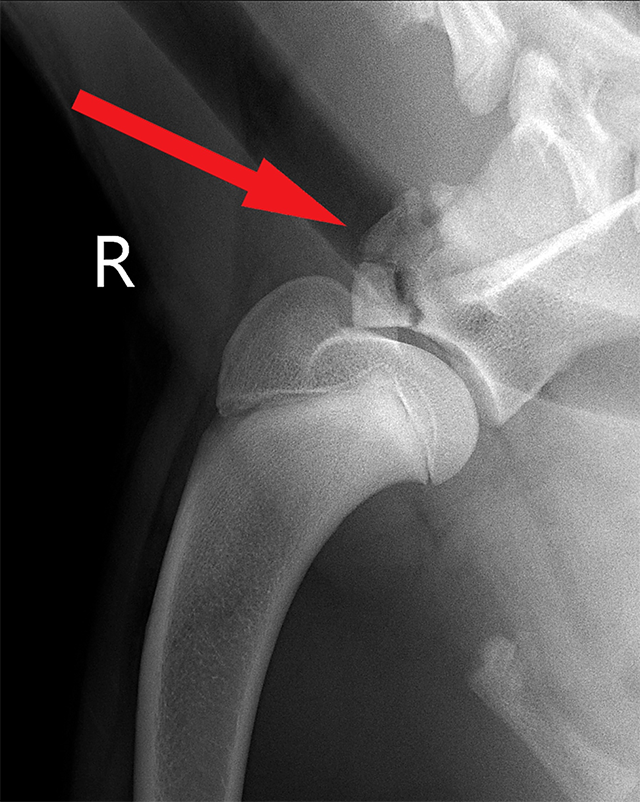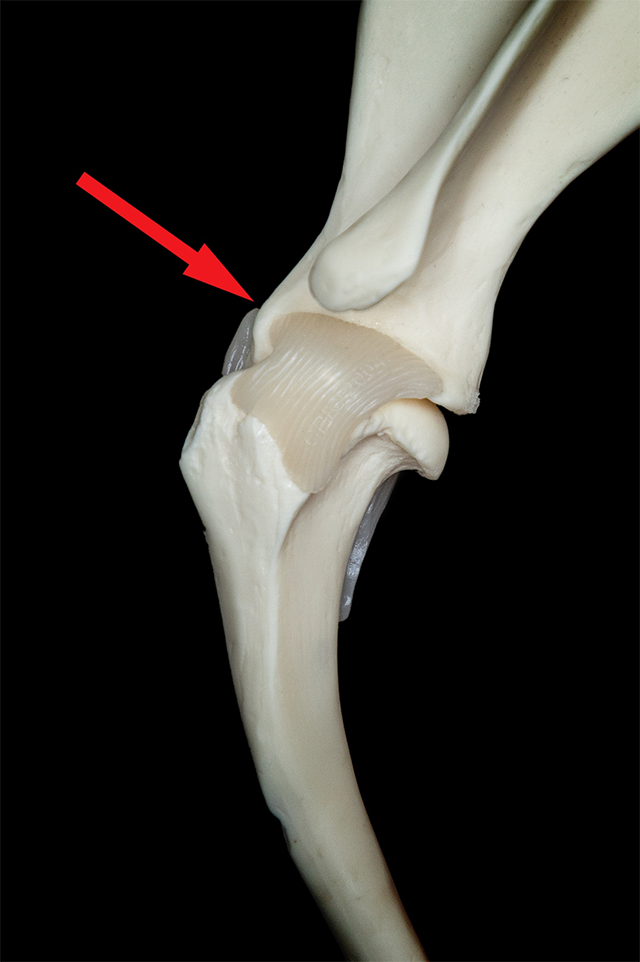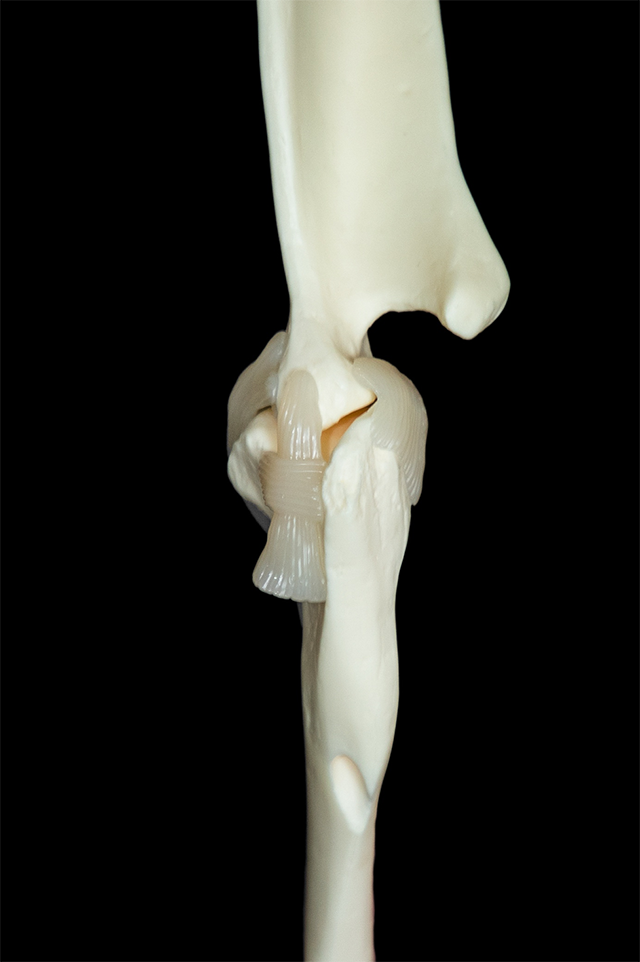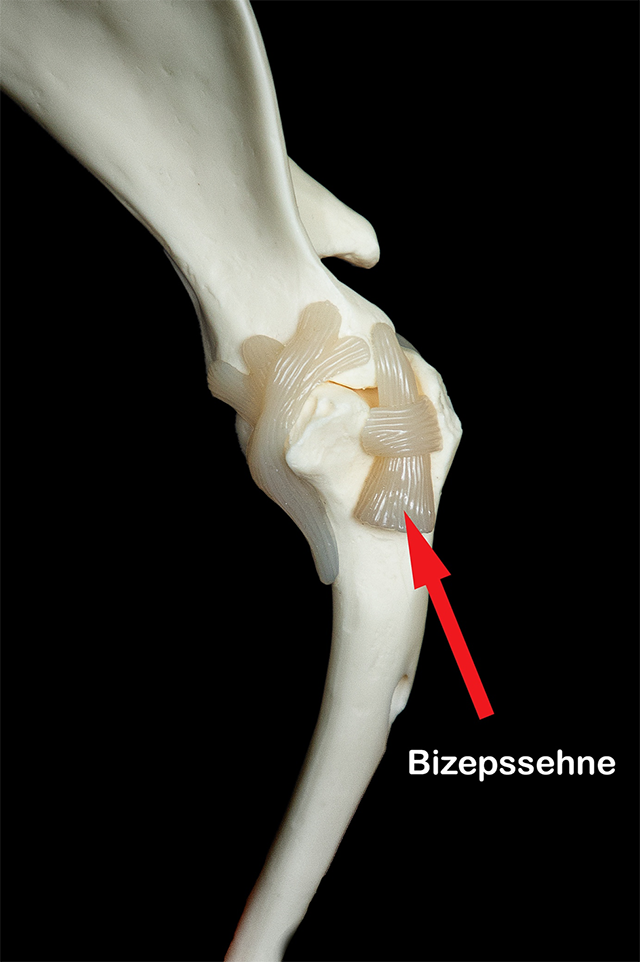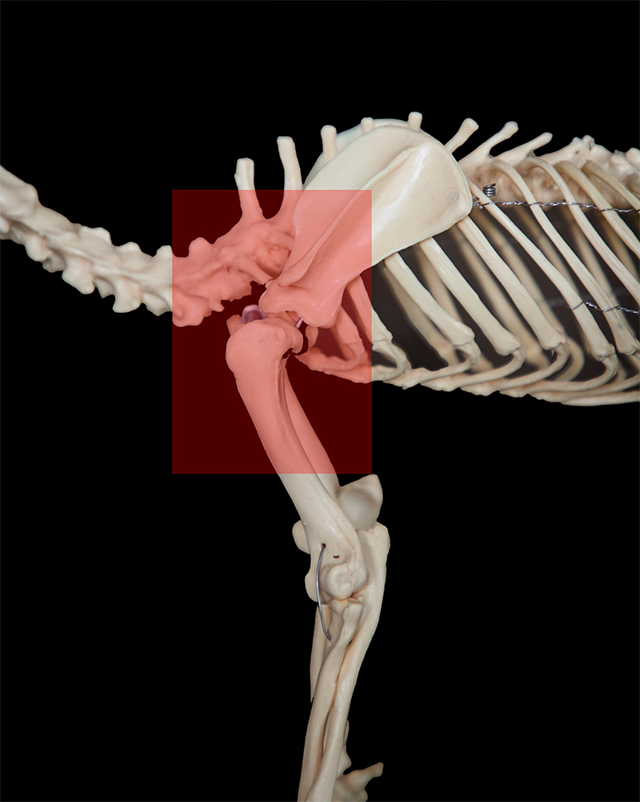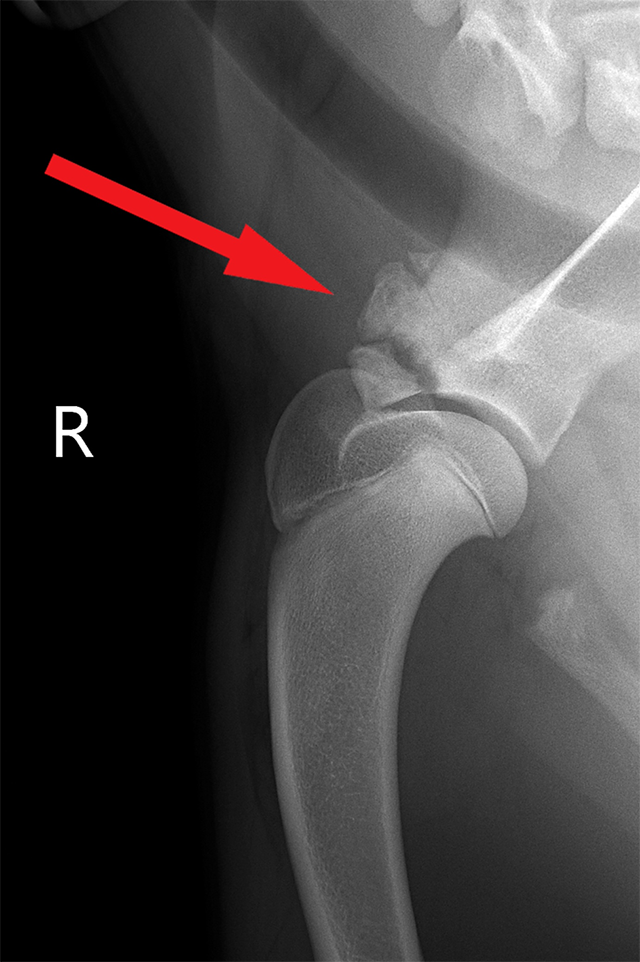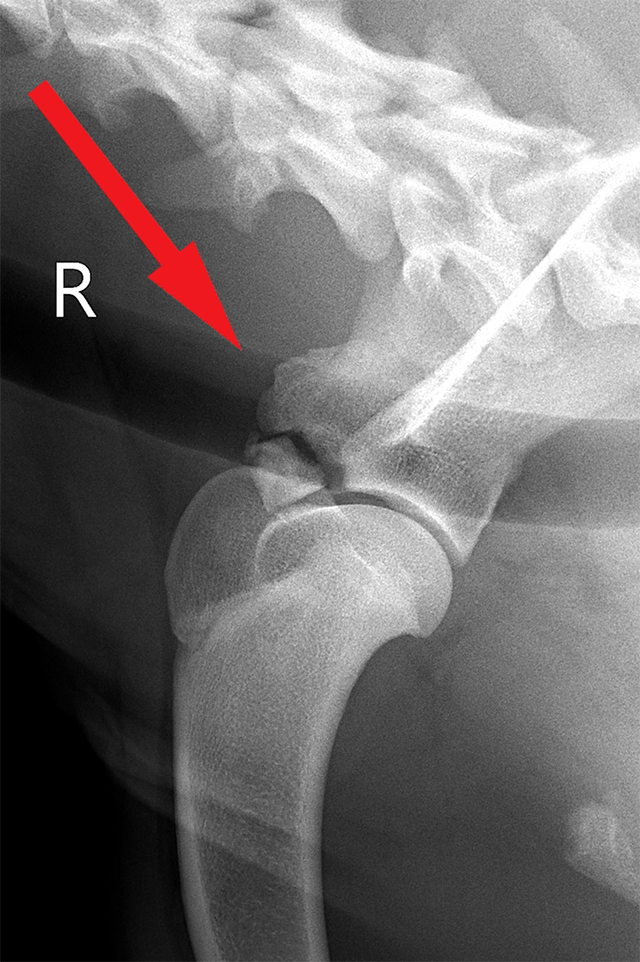The X-ray study also showed a good healing of the fragmentation. Only the tubercle was not yet fully fused and mineralized. If this does not heal independently within the next 4 weeks, we could stabilise it with surgical intervention. The trend is quite good, however, and this should now heal on its own. In any case, we will keep an eye on it.
If we now examine this injury with the functional measurements, the development of lameness from the shoulder injury can be shown objectively and impressively.
For your information:
The light blue bars show the measurements at the end of April, the dark blue bars are from the end of May, and violet bars show the measurements from the end of July 2020, so you can always compare the same parameters. The best way to see the development of lameness is with the parameter "Relative Peak Vertical Force, PVF". Here you can see a slow rise of the bars at the right limb. This shows that the dog is able to put increasing weight on the diseased limb. The remaining parameters probably show a diseased right limb, but the patient tries to compensate for this, especially via the left pelvic limb. Nevertheless, at least we can see that the healing of the right shoulder limb is progressing.
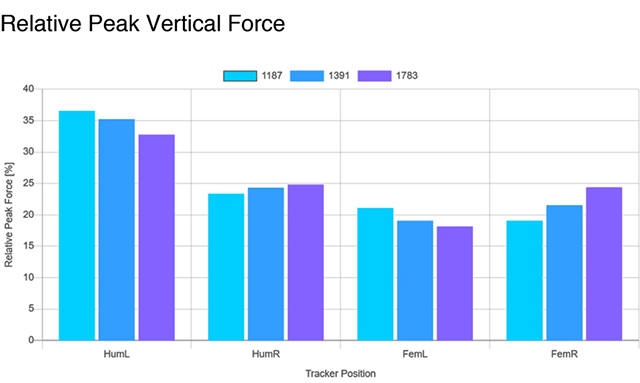
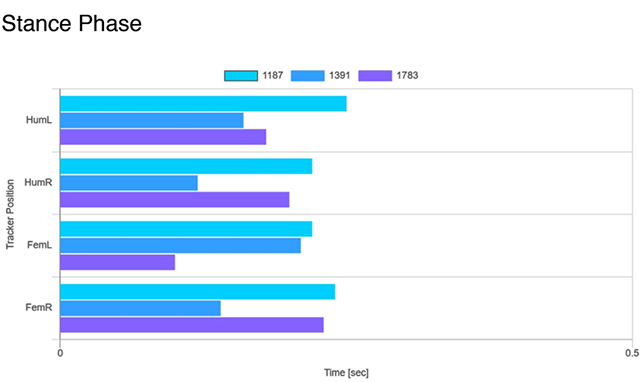
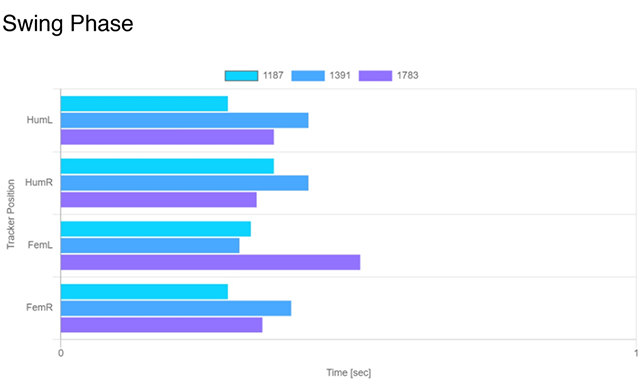
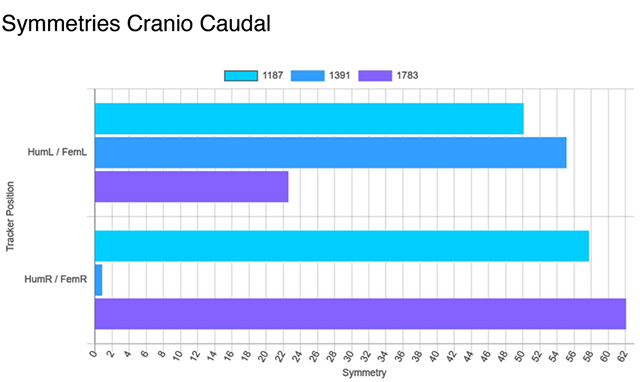
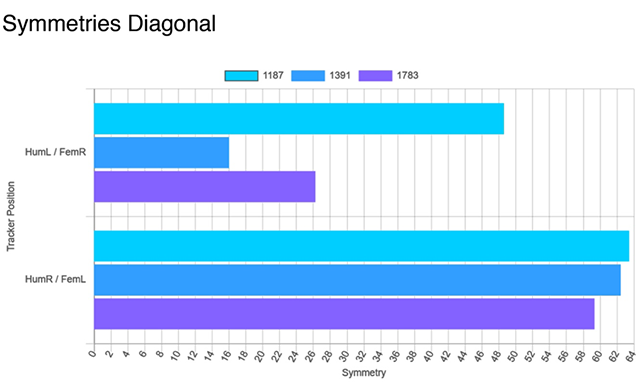
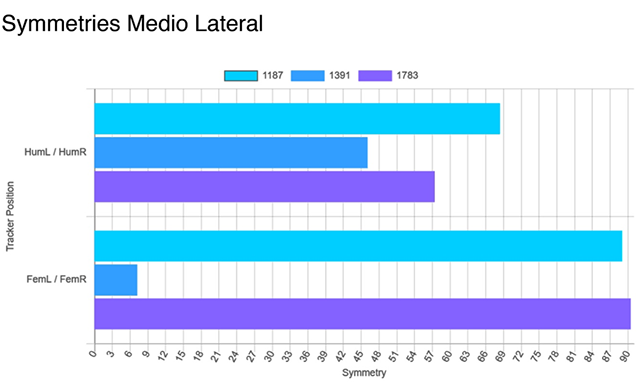
In the next issue, I will introduce you to a young Rottweiler dog, 9 months, who had been treated with PTA for several months because of inflammation/pain in the growth joints in the forefoot joint. After a short examination, another diagnosis was found, which had drastic consequences. What was it? We’ll tell you next time.

